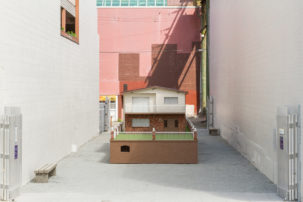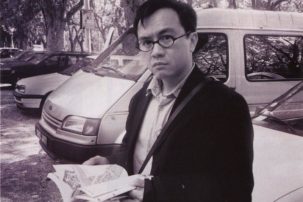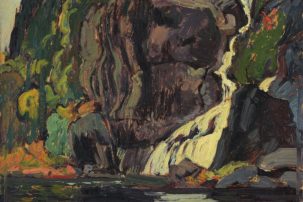In 1978, a young Ken Lum made a grainy black-and-white performance video called Entertainment for Surrey. It shows him standing on an embankment next to a highway, peering at morning rush-hour traffic over a period of five days. On the last day, he replaces himself with a cardboard cut-out that deteriorates quickly in heavy rain. For the commuters who noticed it, the performance must have seemed like a conjuring act that startled, delighted, confounded and then disappeared in a puff of smoke.
Today, after more than three decades, that early piece now seems an ideal springboard for a body of work that over the years has perpetually concerned itself with the process of making barely recognizable and often overlooked subjects not just familiar, but also endearing, noble and transformative.
That Lum’s first work was a disappearing act might have had something to do with the fact that, at the time, he was a chemistry student who had pulled himself out of poverty to attend Simon Fraser University’s School of Pest Management.
“In 1978 I didn’t know anything about art. I guess I was always interested without really knowing it,” says Lum as we settle into swivelly office chairs in his studio, during his recent survey show’s run at the Vancouver Art Gallery. “I took art classes in high school and I could draw and so on. I did illustrations and posters for local libraries and hospitals and a furniture store on Kingsway. I also flipped burgers. But it’s not like we all start at the same point, and my art career hasn’t been typical, for sure. Who gets to become an artist? It’s very difficult. Women couldn’t, in any significant numbers, until very recently; same for artists of colour, even if they were skilled—or they could only get so far. I had to think about vocation, a career, making money. It wasn’t just to satisfy my mother. Art was abstract to my mother.”
Lum, a first-generation Canadian of Chinese descent, was born in Strathcona and raised in working-class East Vancouver, a neighbourhood then populated largely by immigrant Italians, Greeks, Chinese and Japanese. His mother worked minimum-wage jobs to keep food on the table, but life was a struggle. From an early age, Lum juggled school with many part-time jobs, and his pay cheques mostly went back to the household coffers. “It was hard being a visible minority, but harder being poor. You don’t go to camp or Disneyland; you don’t learn to play the piano; you move around a lot; you’re never stable. I remember thinking, at five or six, ‘I’ve got to help my mother get out of poverty.’ You form all kinds of notions about race at a very young age, and I was a bit ashamed of being Chinese, to be honest. At that time, before the Hongcouver period began, every Chinese person I knew was poor. I met one Chinese man who lived on Oak Street on the west side and spoke very good English and I was shocked—who is this guy? Of course, that’s changed dramatically here. It’s almost a floating signifier of this city: anyone can appropriate anything. There are a lot of different stakeholders who don’t even know they’re stakeholders yet.”
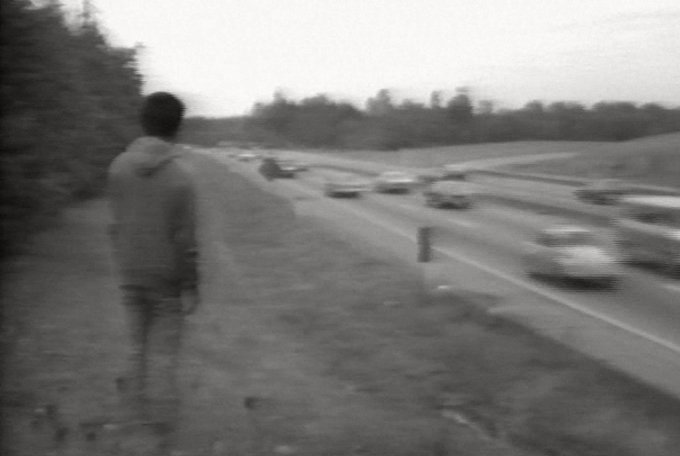 Ken Lum, Entertainment for Surrey (still), 1978. Single-channel video with sound, 1 min 45 sec. Collection Vancouver Art Gallery, Acquisition Fund.
Ken Lum, Entertainment for Surrey (still), 1978. Single-channel video with sound, 1 min 45 sec. Collection Vancouver Art Gallery, Acquisition Fund.
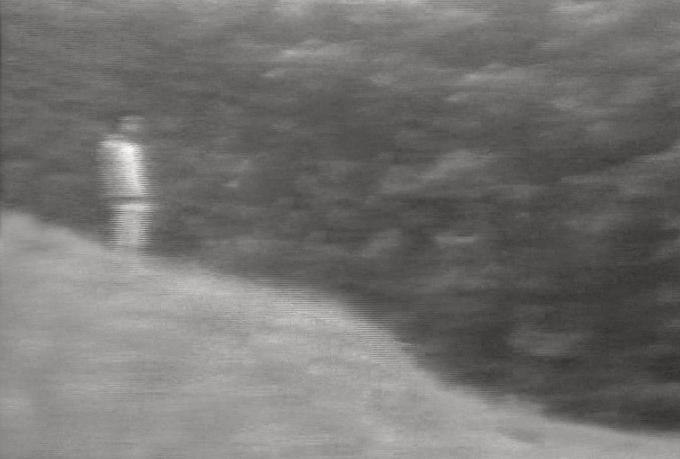 Ken Lum, Entertainment for Surrey (still), 1978. Single-channel video with sound, 1 min 45 sec. Collection Vancouver Art Gallery, Acquisition Fund.
Ken Lum, Entertainment for Surrey (still), 1978. Single-channel video with sound, 1 min 45 sec. Collection Vancouver Art Gallery, Acquisition Fund.
That was certainly the case for Lum back in the late 1970s, as he began to see himself as the trope of the hard-working Asian science undergrad destined for a life in the lab. “Even though I didn’t really enjoy chemistry, I was good at it, which is a curse,” Lum acknowledges. “It’s better to be not good at something you like than to be good at something you don’t like. It’s confusing. I thought there was something wrong with me.”
In an act of self-discovery and rebellion, Lum took a night class in studio art. His teacher was Jeff Wall (who had just started making his lightbox transparencies, ending a seven-year art-production dry spell), and the class was Lum’s introduction to conceptual art. “I like to play with things in my head a lot, as opposed to, say, traditional moulding,” he explains. “The key part is reading, observing and then sitting and forming images in my head. It didn’t seem like a huge leap going into art. I wasn’t necessarily the smartest kid, but I thought I had a quick-wittedness. I could analyze a problem and find the fastest way to solve it, or strengthen my position. I had confidence and a lot of ideas, and I felt that I could easily analyze the art system. I wasn’t entirely right about it, but at least I thought I had the right idea.”
At that early stage, Lum decided to supplement his chemistry major with a minor in arts. Throughout his degree, he worked part-time jobs: courier, herring packer, illustrator of flora and fauna for the Ministry of Environment, waiter and valet to aging stars like Bob Hope, Milton Berle and Larry Hagman. He also began to experiment with the dialogue between the private, domestic sphere and what he calls “the denatured white-cube spaces of galleries and museums,” making furniture sculptures for artist-run spots like Ian Wallace’s studio.
In 1981, a year after graduation, Lum went to New York and took art courses at New York University, including a Robert Rosenblum class on 19th-century art. A stream of influential guest lecturers made appearances, from Christo to Vito Acconci, who stripped off his clothes, lay on a table, covered himself in a sheet and spent the next half hour muttering “I want to feel your body against mine” and other sexualized yearnings. A couple students made a beeline for the exits, but Lum stayed put. “It was uncomfortable, but fascinating and quite nice, too, the way he expressed this desire to connect,” says Lum. His own experiments in bending the conventions of artist-viewer relations would later evolve into mirror works that destabilize notions of identity, objectivity and power, such as House of Realization (2007). Entering this installation, viewers read a poem printed on a series of mirrors that are eventually revealed to be one-way; each player, each self, becomes a quartet of identities—victim, perpetrator, good cop, bad cop.
New York City in the early 1980s was a proving ground for conceptual artists from John Baldessari to Jenny Holzer to Andrea Fraser. Lum lived in a cockroach-infested room in Brooklyn, but he could rub shoulders and share ideas with artists at Max’s Kansas City. “There was this ‘we’re all in this together’ philosophy at that time, which I don’t think is the case today, anywhere,” says Lum.
In the spring of 1982, Lum participated in a White Columns group show. By November, he had a solo show at Artists Space in TriBeCa: an installation of rented furniture that looked like a living room, with four couches and four lamps. “People scratched their heads, called it ‘radical’ or didn’t see it as art,” he says. Two years later, Artforum published an image of another Lum furniture sculpture, Partially Buried Sofa (1984), alongside an interview between Lum and the painter Thomas Lawson. The two had met after Lum wrote Lawson a thoughtful response to his 1981 Flash Art essay “Last Exit: Painting,” a landmark contribution to the discourse on the death of painting. Lum’s career started to take off in the mid-1980s, with group and solo shows throughout North America and Europe.
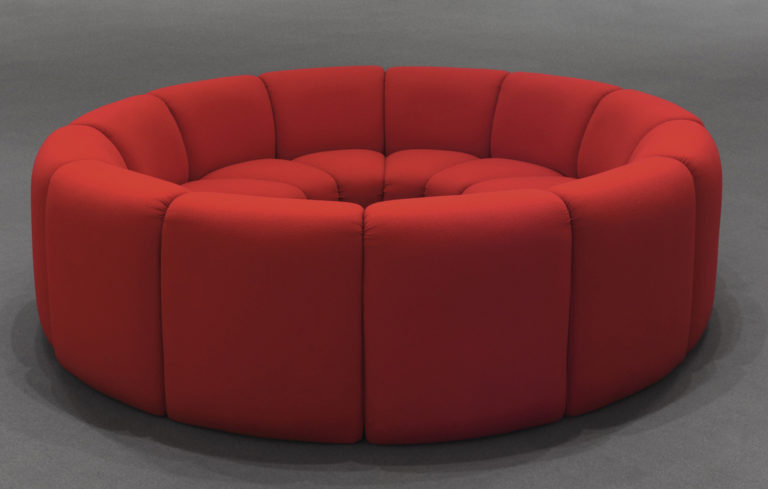 Ken Lum, Untitled (Red Circle), 1986.
Fabric, wood. Collection Vancouver Art Gallery, Acquisition Fund. Photo: Trevor Mills.
Ken Lum, Untitled (Red Circle), 1986.
Fabric, wood. Collection Vancouver Art Gallery, Acquisition Fund. Photo: Trevor Mills.
As the commercial-gallery system proliferated wildly, Lum returned to Vancouver to take care of his sick mother, who died in 1984. He headed the newly formed Or Gallery for a year and completed his MFA at the University of British Columbia in 1985. His furniture works became more sophisticated: in Untitled (Red Circle) (1986), a circular couch is styled like a conversation pit, but rendered inaccessible. He also began producing his Portrait Logos (1984-present), commercial studio-like images of individuals and families, tagged with text that resembles corporate slogans. Steve (1986) came about after Lum bumped into a guy from high school. As Lum combed through his memory banks to recall the classmate’s name, the man exclaimed, “It’s Steve!” Then, astonished, “You know, Steve!”
“The process of recognition is critical to all my work, and that person or image needs to be true to reality for the viewer to identify with it, or not,” says Lum. “I think that’s the essential project of being an artist and also a human being: to imagine the subjectivity of someone else. Not just by putting yourself in their proverbial shoes, but also by trying to see yourself as being defined by others.”
In the mid-1990s, Lum increasingly found that intersubjectivity lacking in the contemporary art world, which could be stifling and Euro-centric: more than once, the artist fielded requests to focus exclusively on Asian identity politics, in which he wasn’t interested. Even as he gained greater recognition in the West, the acculturation process became more and more of a slog. “I’ve always been interested in the distance between art and the real, and I see that distance as a problem for art,” says Lum. “l don’t think the art world is through-and-through haughty, but that’s a large component of it that I can’t identify with. I don’t subscribe to all the social rules of the art system, many of which are inconsistent and some of which are quite contradictory. You try to make good art, but you realize it’s not entirely about your work. It’s also how adept you are at penetrating and positioning yourself in that system. For me, the question became: ‘How do you resolve the problem of not believing in the art system? How do you pick yourself back up when you’ve been kicked down, and maintain a belief in art?’ Many artists have no conflict with that. I find it really, really difficult.”
Lum picked himself back up by packing his bags and travelling to Africa, India, China and the Middle East, by curating shows and biennales, by writing and editing, and by guest teaching. Soon after, the art system became more globalized. Insiders complimented Lum for his calculating prescience. “It wasn’t about that at all,” he says. “I needed to fortify myself. I always tell art students to develop various skills, because it frees you from dependence on the gallery system. The art world is quite narrowly defined, and the channels in which art is funnelled circumscribes it instead of broadening its possibilities.”
Over the last decade, Lum has participated in ten public-art commissions, in Vancouver and other cities, putting himself back out on that proverbial commuter hillside to be seen, counted and communed with by a wide audience. Monument for East Vancouver (2010) is a pledge to his roots, and it shouts an implicit “We are here!” against elitism, authoritarianism and collective forgetfulness. It’s a beacon for all the people who feel powerless.
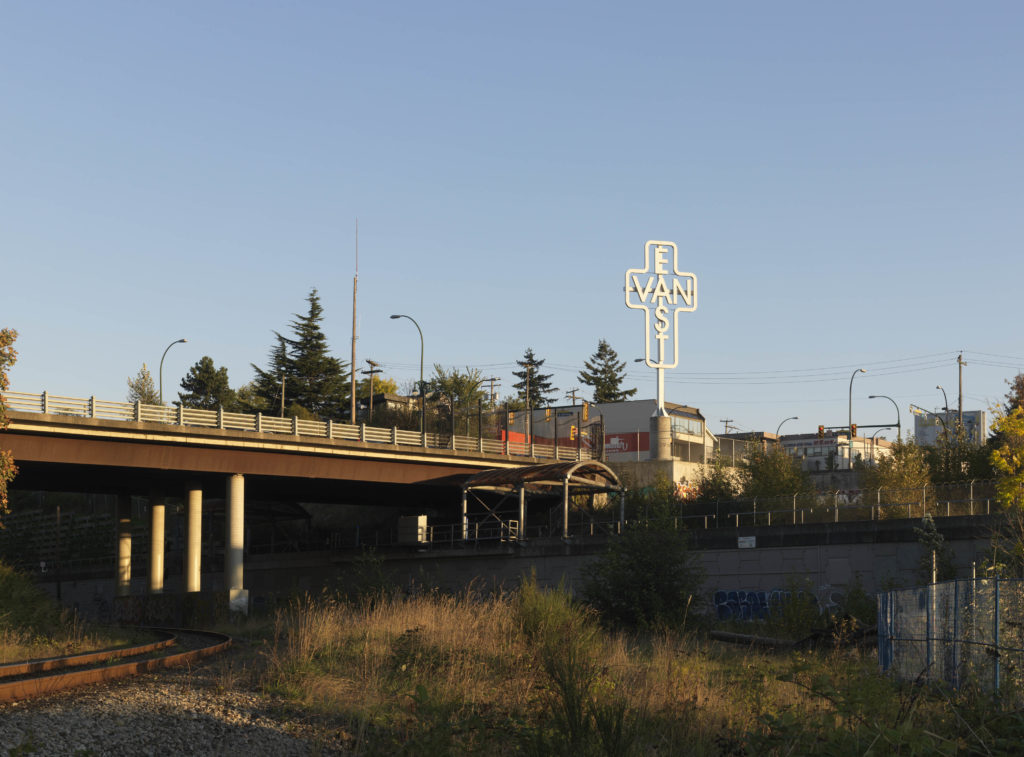 Ken Lum, Monument for East Vancouver, 2010.
Light-emitting diodes, aluminum, concrete. 20m high. Collection City of Vancouver. Photo: Rachel Topham.
Ken Lum, Monument for East Vancouver, 2010.
Light-emitting diodes, aluminum, concrete. 20m high. Collection City of Vancouver. Photo: Rachel Topham.

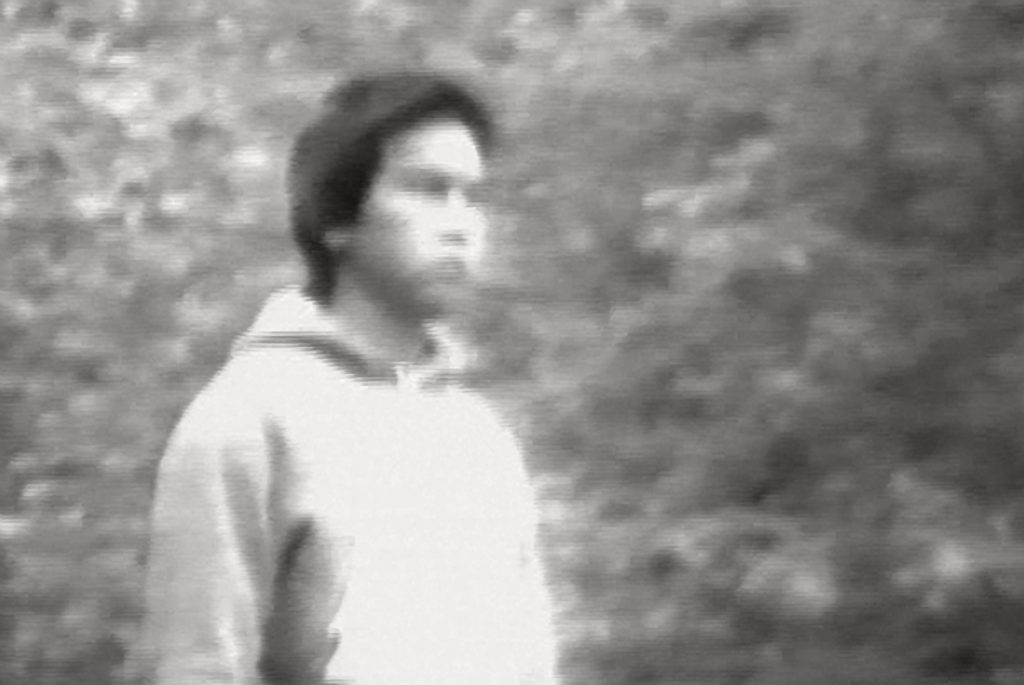 Ken Lum, Entertainment for Surrey (still), 1978. Single-channel video with sound, 1 min 45 sec. Collection Vancouver Art Gallery, Acquisition Fund.
Ken Lum, Entertainment for Surrey (still), 1978. Single-channel video with sound, 1 min 45 sec. Collection Vancouver Art Gallery, Acquisition Fund.

